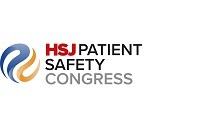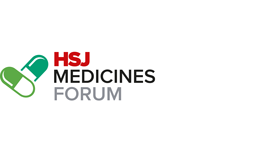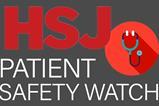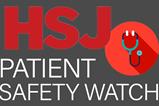In response to numerous cases of unsafe maternity and neonatal care, many initiatives have been introduced but their implementation remains inconsistent due to lack of training and funding, note James Titcombe and Bill Kirkup

In recent years, the safety of maternity services in England has come ever more under the spot light. This follows a number of national reports and reviews.
In 2015, the Morecambe Bay Investigation found “a lethal mix” of factors had contributed to the avoidable deaths of 11 babies and one mother at Furness General Hospital.
The Better Births review found widespread variation in safety and scope for significant improvement in many units. More recently (2018), the Royal College of Obstetricians and Gynaecologists’ Each Baby Counts programme published their second major report looking at the care of term babies who were either stillborn, died shortly after birth or were at risk of brain damage in England in 2016.
The review found that 674 babies (71 per cent) might have had a different outcome with different care. The main themes identified included “… failure by health professionals to identify or act upon relevant risk factors, issues related to monitoring of fetal wellbeing with CTG and blood sampling, and education or training issues”.
The impact of each one of these tragic events on families as well as the healthcare staff involved, cannot be overstated. But as well as the human cost, the financial cost of unsafe maternity care is huge.
The NHS currently faces claims of £2.1bn on maternity-related clinical negligence cases (2017-18 figures), compared with the £1.9 bn per year that is spent on delivering babies.
The NHS currently faces claims of £2.1bn on maternity-related clinical negligence cases (2017-18 figures), compared with the £1.9 bn per year that is spent on delivering babies
In response to these issues, a number of new initiatives have been launched in recent years. In November 2015, the government announced a new policy ambition to halve the rate of stillbirths and infant deaths in England by 2030.
Since then, the target date has been brought forward to 2025. In response to Better Births, the Maternity Transformation Programme consulted on significant changes, including continuity of maternity care and a Rapid Resolution and Redress scheme to improve learning.
Earlier this month, NHS England published its long-term plan for the NHS. The plan reiterates the “halve it” ambition for maternity services and sets out the steps being taken towards achieving it.
These include a new National Maternal and Neonatal Health Safety Collaborative, steps to ensure every trust that provides maternity services has a named Maternity Safety Champion, as well as roll out of the Saving Babies Lives Care Bundle, a key component of which is improved training in foetal monitoring. When the Care Bundle was launched in 2016, the RCOG stated:
“[We] believe that it is a reasonable expectation of women in labour that no healthcare professional should provide intrapartum care on either a labour ward, midwifery led unit or at home without up to date training and competence in fetal monitoring.”
An independent evaluation of the SBLCB published in 2018 found a 20 per cent reduction in the stillbirth rate at the 19 maternity units where it was implemented, suggesting 600 lives could be saved if the same results were replicated nationally.
Mind the gap
Whilst these steps represent important and welcome progress, research shows that progress across the NHS as a whole remains patchy. The charity Baby Lifeline published their Mind the Gap Report in November last year.
The report found that fewer than 10 per cent of trusts in England had provided all training elements of the Saving Babies Lives Care Bundle and found “… little/no standardisation in the way maternity training is prioritised, provided, funded, assessed or attended across the UK”.
Given that the role of well-founded, multidisciplinary training is recognised as being crucial to achieving safety in maternity services, it is clear that this situation must change.
The Baby Lifeline research found staffing (having enough spare capacity to afford staff the time to attend training), and funding were the key barriers to the provision and attendance of maternity training.
The report found that fewer than 10 per cent of trusts in England had provided all training elements of the Saving Babies Lives Care Bundle
Given the considerable human toll and the significant costs of litigation associated with poor maternity outcomes, there is both a moral and financial imperative to act.
Baby Lifeline are calling for the reinstatement of the one-off Maternity Safety Training Fund announced by the government in 2016, and the development of national training guidance in collaboration with national training bodies and experts.
A single adverse outcome in maternity service can cost the NHS tens of millions, have a lifetime impact on the families involved, and cause well-intentioned staff considerable distress.
To meet the government’s objectives to reduce harm in maternity services, we need to be making it as easy as possible for every trust to implement the high quality training whole teams need to delivery safe maternity care.





































1 Readers' comment